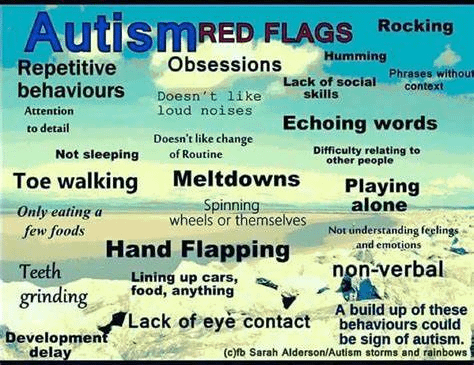
As a family member or a friend, it is important to understand certain behaviours that are more than just a part of the condition and might need professional help can be challenging. Autism can impact each individual differently, however some behaviours are common but some can give signal to challenges that need professional support. Red flags in behaviours like difficulty in communicating, less social interactions, or repetitive behaviours can indicate struggling that might need attention.
Reading this blog, we will understand the red flags in behaviours that need attention, when it’s time to reach out to a healthcare expert.
Let’s start exploring how to identify these signs and take the next steps!
What are Behaviour Red Flags in Autism?
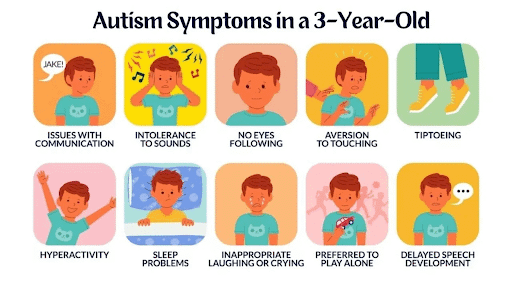
Behavior which are red flags in autism can be defined as patterns of behaviours that indicate individuals are suffering difficulties in communication, social interaction, or in sensory processing.
Here are some common red flags:-
| Speech & Communication Issue | Social Avoidance | Repetitive Behaviours | Emotional Difficulties | Sensory Sensitivities |
|---|---|---|---|---|
|
|
|
|
|
Let’s take an example to understand this better, a toddler not responding to his name being called by his parents can be an early red flag for autism. Because these signs may give a signal that he is struggling with society.
Communication Challenges in Autism
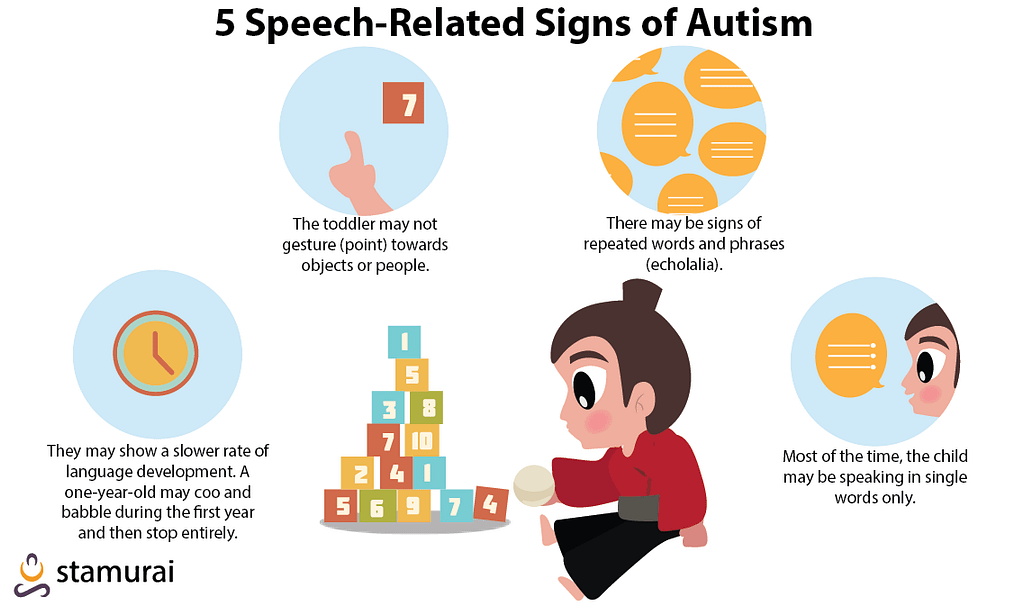
This is one of the common red flags in the behaviours of autistic individuals, affecting both speech and nonverbal communication.
These challenges can start from delayed speech to understanding difficulties and using body language/facial expressions, as in:-
Speech Delays –
- This is a common red flag for autism.
- Taking an example of an 18 month old child not speaking any words, or a 2 year old finding difficulties in making sentences, requires speech therapy to develop communication skills and prevent frustration.
Nonverbal Communication –
- Like making eye contact, body gestures, and facial expressions are challenging nonverbal communication for autistic individuals.
- As an example, a boy was avoiding eye contact and was unable to understand that his mother was upset based on facial expressions, this leads to misunderstanding because of difficulties in social interaction.
Struggles in Social Intraction in Autism
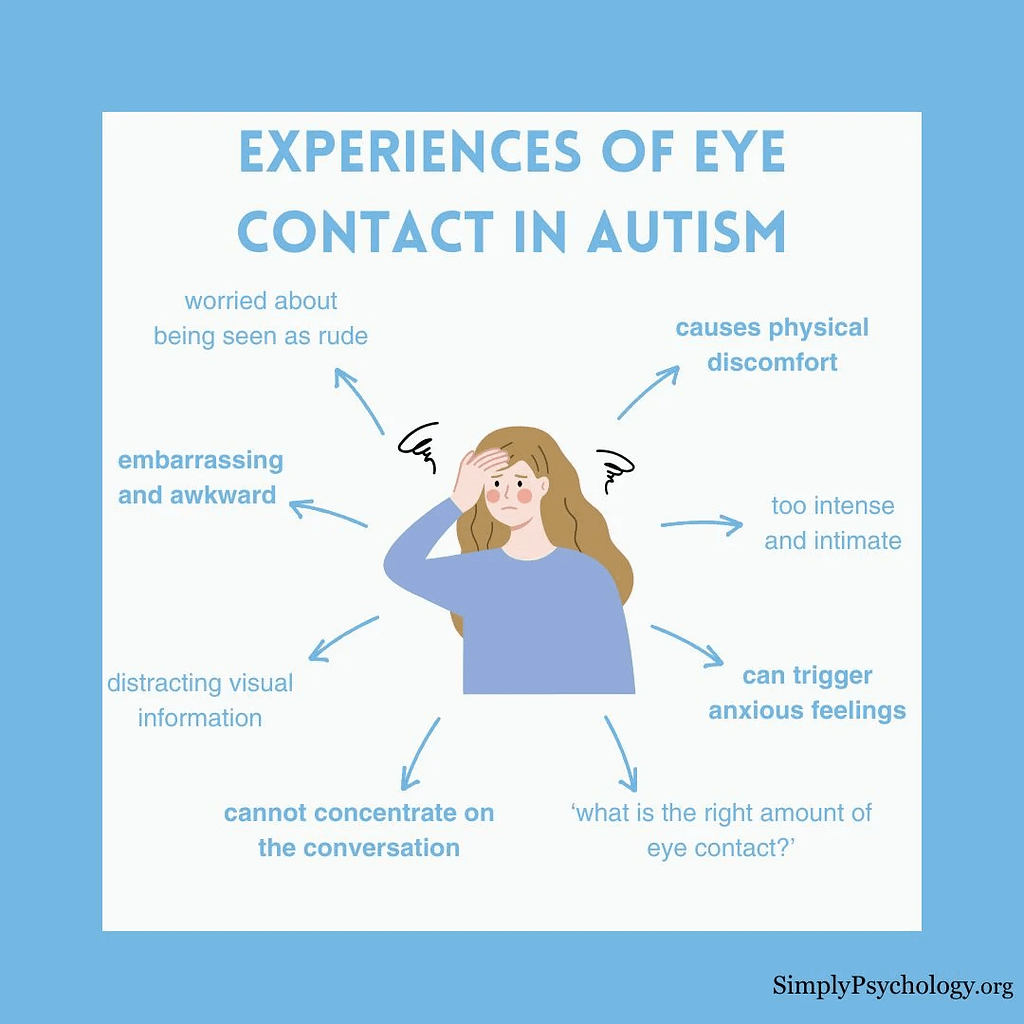
Avoiding Eye Contact –
- This is one of the most uncomfortable things for people with autism because of sensory sensitivities, but it’s a coping mechanism for them.
- For example, a child with autism ignoring to look at his parents during a conversation, but he is actively listening. This is a difficulty not a way of being rude.
No Interest in Socializing –
- A child with autism prefers to play alone rather than in a group, as social interaction can be overwhelming for him. It is not because they don’t want to have a conversation, but because of difficulties in finding social rules confusing.
For example, a boy with autism chooses to be alone during a group activity because he finds navigating group dynamics challenging.
Repetitive Behaviours or Fixed Interest ?
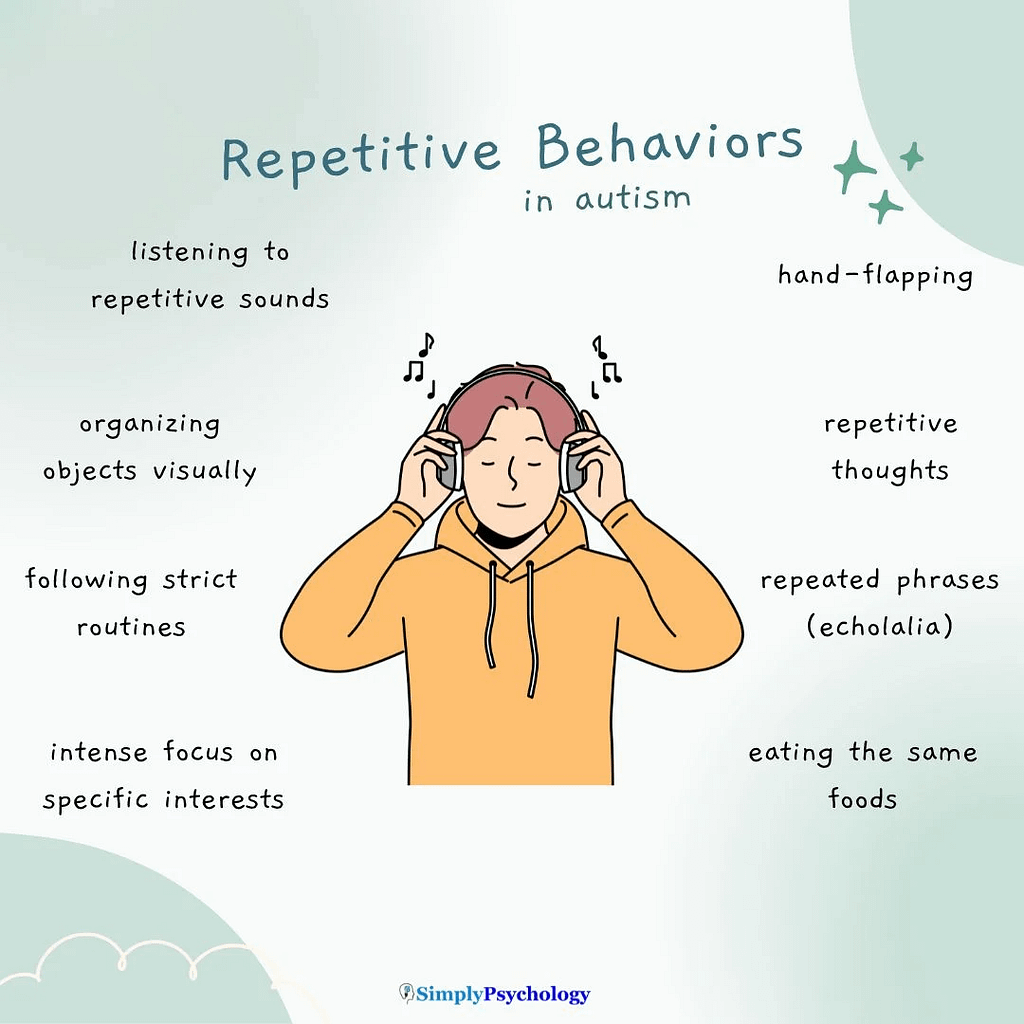
Some level of repeating things and focusing on some specific topics is normal, but these can convert in intense, or sometimes indicating a deeper challenge if they disturb daily routine or social engagement.
Here are some points which state why?
- The same topic of fascination is common in children like trains, space, or dinosaurs. But for autistic individuals, this interest may be more than a typical phase and become overwhelming. This can cause repetitive discussion, or actions related to the same topic.
Taking an example, A boy with autism becomes so interested in dinosaurs, that he can talk about it endlessly and avoid other classmates. However, this interest can be used as a door to learn, but if it limits social interaction then it needs intervention to help expand their interest.
- Resistance to change for many individuals with autism is strong. However, it’s normal for people who prefer a familiar schedule.
For instance, a girl with autism may be forced to follow the same route to school, and any kind of deviation, like taking a different path, could lead to distress or meltdown.
What are Emotional and Behavioural Challenges ?
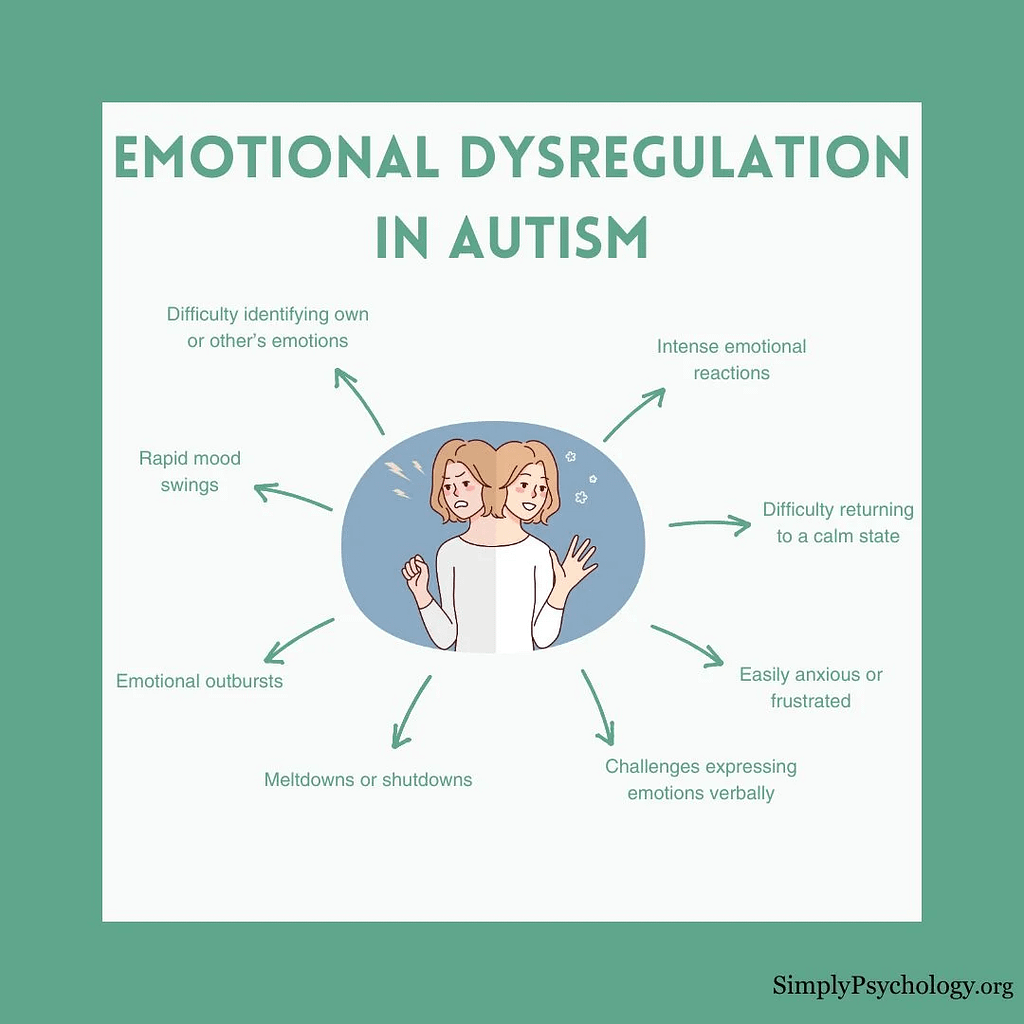
Autistic individuals often experience emotional and behavioural challenges, like frequent meltdowns and aggressiveness or self-harm behaviors.
These behaviours are an indication of response to sensory overload, difficulties in communication, or emotional dysregulation, in place of intentional actions.
- Meltdowns – occurs due to an inability to process or express their feelings. This can happen by changes in routine, loud music, or frustration from not being able to communicate their needs.
- Aggression or Self-harming behaviours – such as hitting their head against the wall when they are not able to express or when their schedule is disrupted.
For example, a autistic child experiences meltdowns at home while doing homework when there is a sudden change in routine, like change in time. Overwhelmed because of the sensory
overload and not able to express their distress, he may start showing aggression, as hitting to express frustration.
These behaviours are not intentional but a way to respond to emotional overloading.
Summing Up..
- While concluding this blog, we have understood that recognizing these red flags early is a key to offer support.
- Immediate help can improve communication skills, social interactions, and emotional regulation.
- Taking action at the right time can help your child to develop necessary skills for a brighter and independent future.
Curious about understanding a special mind? Follow Rachna Sawhney Pargi Journey for Autistic Child Support
“Every thoughts is an experiment” This was mine —
Written by Prachi – July,2025
Reference
- Lewis, Laura Foran, and Kailey Stevens. 2023. “The Lived Experience of Meltdowns for Autistic Adults.” Autism 27 (6): 136236132211457. https://doi.org/10.1177/13623613221145783.
- Moore, Katie. 2025. “Autism Behavior Red Flags: When to Seek Professional Help.” Autism Parenting Magazine. June 9, 2025. https://www.autismparentingmagazine.com/autism-behavior-red-flags/.
- Lewis, Laura Foran, and Kailey Stevens. 2023. “The Lived Experience of Meltdowns for Autistic Adults.” Autism 27 (6): 136236132211457. https://doi.org/10.1177/13623613221145783.
- Chung, Kyongmee, Eunsun Chung, and H Lee. 2024. “Behavioral Interventions for Autism Spectrum Disorder: A Brief Review and Guidelines with a Specific Focus on Applied Behavior Analysis.” Soa.cheongsonyeonjeongsinuihak 35 (1): 29–38. https://doi.org/10.5765/jkacap.230019.

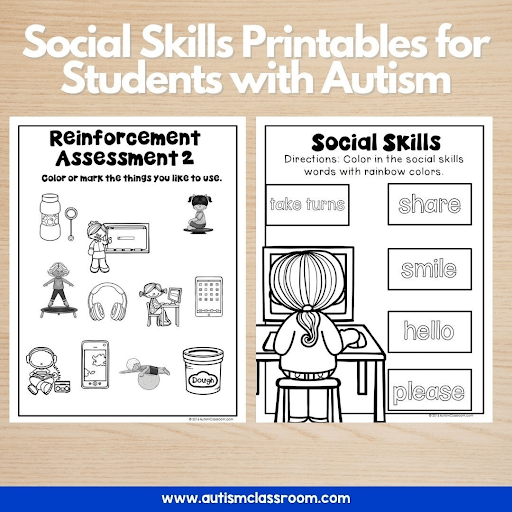
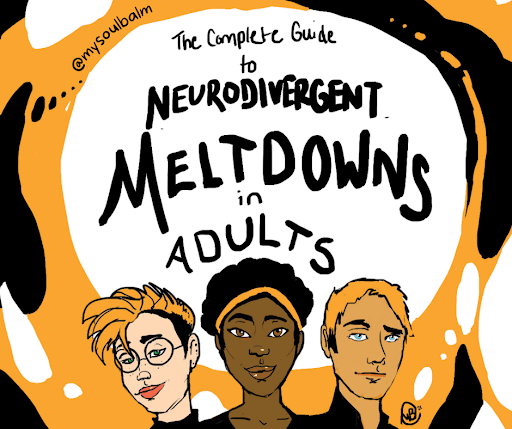




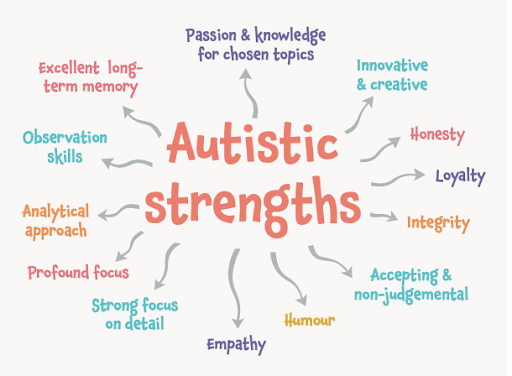
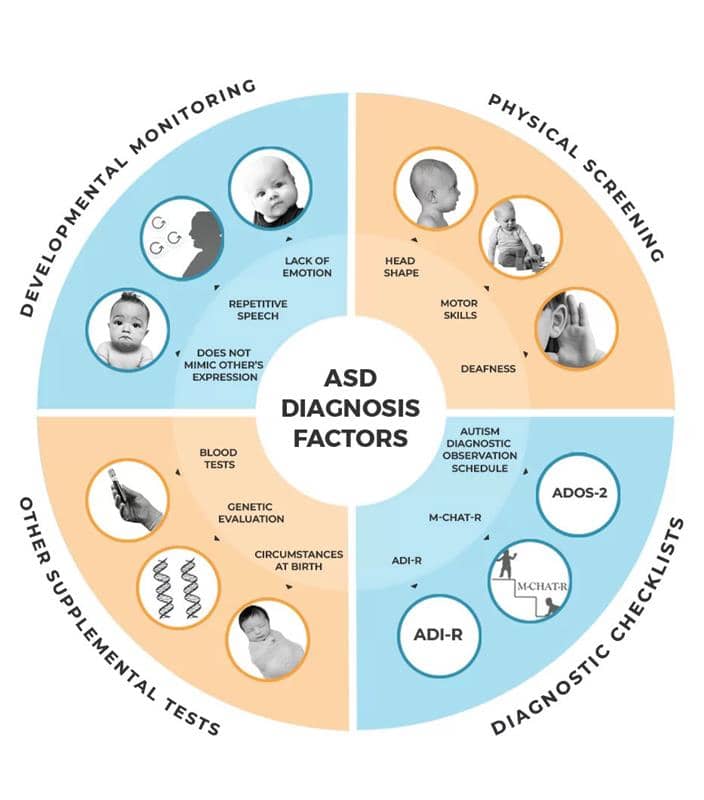
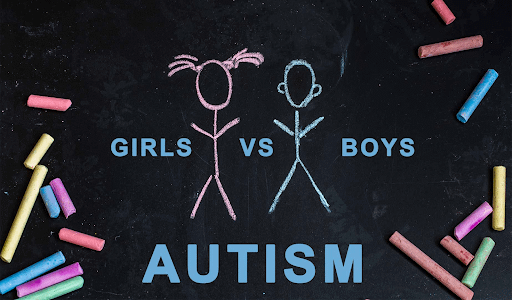


No comments yet. Be the first!